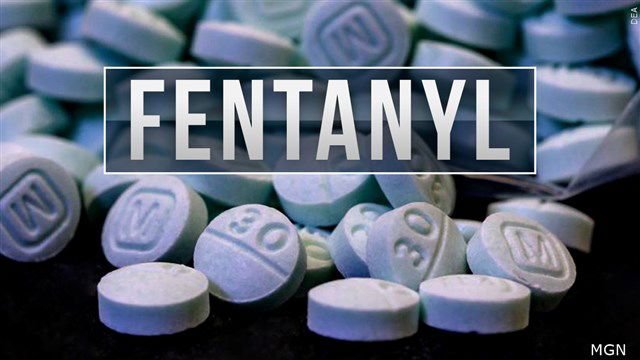Oregon House OKs, sends governor legislation to require fentanyl education in schools

SALEM, Ore. (KTVZ) — The Fentanyl Education Bill, SB 238 A, passed the House Thursday, with 59 yes votes and 1 excused absence, after passing the Senate last month 28-1, and heads to Gov. Tina Kotek’s desk for signature. It mandates the development and implementation of a fentanyl education curriculum in Oregon schools.
“There is no doubt in my mind that this bill will save lives,” said Tony Morse, Policy & Advocacy Director at Oregon Recovers. “Fentanyl is claiming too many lives, snatching away too many futures, leaving too many grieving families. Prevention education is a proven public health tool to help, called for in the Addiction Recovery Strategic Plan, and I’m glad to see the state taking action on it. Oregon Recovers applauds the momentum on this crucial bill, and urges Governor Kotek to sign it into law.”
The bill directs the State Board of Education and the Alcohol and Drug Policy Commission (ADPC) to develop curricula that school districts will implement starting in the 2024-2025 school year. Curricula will educate students on:
- The dangers of synthetic opioids, including fentanyl, as well as counterfeit and fake drugs.
- Laws that provide immunity or other protections for people who report drug or alcohol use or who seek medical treatment for drug or alcohol overdoses for themselves or others.
The Fentanyl Education Bill is particularly important because Measure 110 dollars cannot be used for prevention.
The bill does not contain any provisions for prevention education for alcohol or meth, which also hugely impact Oregon:
- Oregon ranks 1st in the country in prescription opioid misuse (4.5%, or about 150,000 Oregonians), according to the latest data (2020).
- Alcohol is by far Oregon’s biggest addiction problem, with 12.34% of Oregonians 12 and older, or about 453,000 Oregonians suffering from alcohol use disorder. Oregon ranks 5th nationally in alcohol addiction.
- Oregon ranks 1st in methamphetamine use (1.9%, or about 65,000 Oregonians).
- Unintentional opioid overdose deaths in Oregon have nearly doubled each year the past several years: from 280 in 2019, to 472 in 2020, to 745 in 2021, according to OHA.
- In 2020, drug overdose fatalities increased 39%, and alcohol-related deaths increased 73%. The State Medical Examiner has yet to release 2021 and 2022 statistics.
- State spending on substance use has more than quadrupled since 2005—consuming nearly 17% of the entire state budget in 2017. Less than 1% of those funds, however, were used to prevent, treat, or help people recover from substance misuse. The majority of the dollars went to pay for escalating health and social consequences created by the lack of investment in prevention, treatment, and recovery.
- According to a recent OHSU gap analysis, Oregon should have 968 prevention specialists but only has 62 (a 94% deficit).
Recovery Support
Help can be found on the Oregon Recovers website OregonRecoveryNetwork.org or by calling SAMHSA's National Helpline 1-800-662-HELP (4357).
About Oregon Recovers
Oregon Recovers is an inclusive statewide coalition of people in recovery–and their friends and family—uniting to transform Oregon healthcare to ensure world-class prevention, treatment, and recovery support services for Oregonians suffering from the disease of addiction.